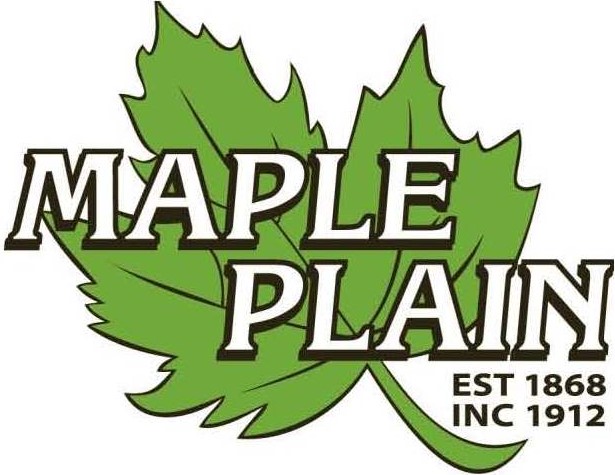

CARBON MONOXIDE INFORMATION
With the recent tragic deaths in Minnesota from carbon monoxide poisoning it’s a good reminder to check the carbon monoxide alarms in our homes. Test them and check the date of manufacture. If they are over ten years old, replace them immediately.
Often called the invisible killer, carbon monoxide is an invisible, odorless, colorless gas created when fuels (such as gasoline, wood, coal, natural gas, propane, oil, and methane) burn incompletely. In the home, heating and cooking equipment that burn fuel can be sources of carbon monoxide.
Below are tips from the National Fire Protection Association.
• CO alarms should be installed in a central location outside each sleeping area and on every level of the home and in other locations where required by applicable laws, codes, or standards. For the best protection, interconnect all CO alarms throughout the home. When one sounds, they all sound.
• Follow the manufacturer’s instructions for placement and mounting height.
• Choose a CO alarm that is listed by a qualified testing laboratory.
• Call your local fire department’s non-emergency number to find out what number to call if the CO alarm sounds.
• Test CO alarms at least once a month; replace them according to the manufacturer’s instructions.
• If the audible trouble signal sounds, check for low batteries. If the battery is low, replace it. If it still sounds, call the fire department.
• If the CO alarm sounds, immediately move to a fresh air location outdoors or by an open window or door. Make sure everyone inside the home is accounted for. Call for help from a fresh air location and stay there until emergency personnel declare that it is safe to re-enter the home.
• If you need to warm a vehicle, remove it from the garage immediately after starting it. Do not run a vehicle or other fueled engine or motor indoors, even if garage doors are open. Make sure the exhaust pipe of a running vehicle is not covered with snow.
• During and after a snowstorm, make sure vents for the dryer, furnace, stove, and fireplace are clear of snow build-up.
• A generator should be used in a well-ventilated location outdoors away from windows, doors and vent openings.
• Gas or charcoal grills can produce CO — only use outside.
If your carbon monoxide alarm activates, please evacuate your home and call 911. Maple Plain Fire Department will respond and check your home or place of business with specific air testing equipment.
If you are interested in serving your community as a fire fighter please contact Chief Ray McCoy at raymccoy@mapleplain.com or Maple Plain City Hall at 763-479-0515.
Have a fun safe winter season!!!